Plant Physiology
-

-
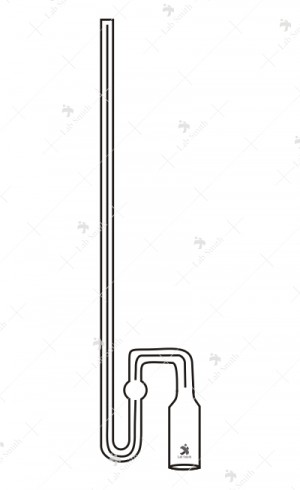 Heat Resistant Learn More
Heat Resistant Learn More -
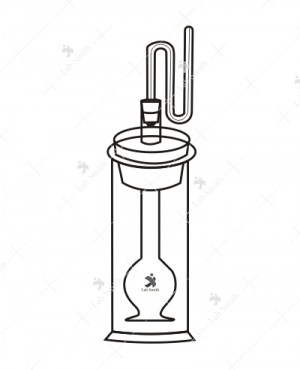
-

-
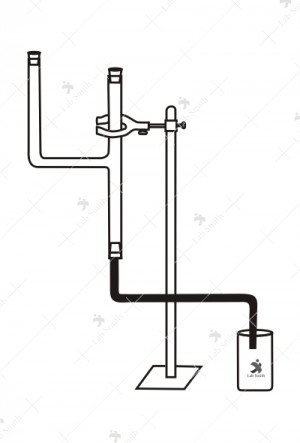
-
 Heat Resistant Learn More
Heat Resistant Learn More -
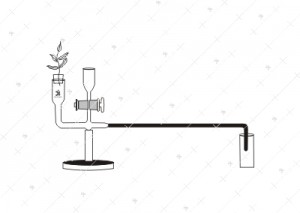
Borosilicate Glass Potometer Ganong’s Manufacturer in India
Heat Resistant
Heat Resistant Learn More -
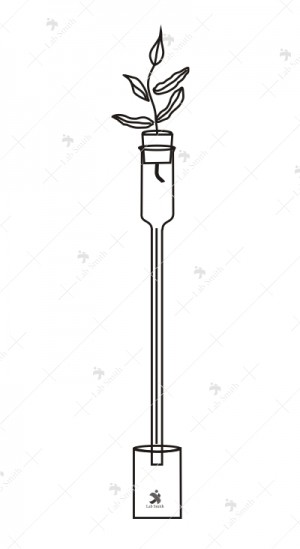
-
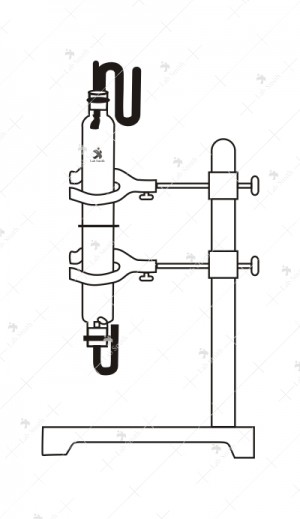
Borosilicate Glass Apparatus for investigating transpiration complete on stand Manufacturer in India
Heat Resistant
Heat Resistant Learn More -
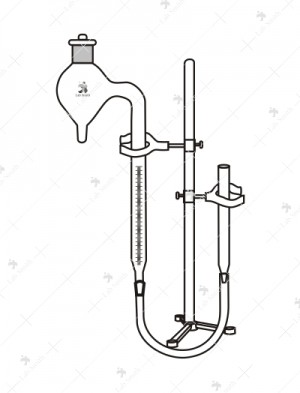
-
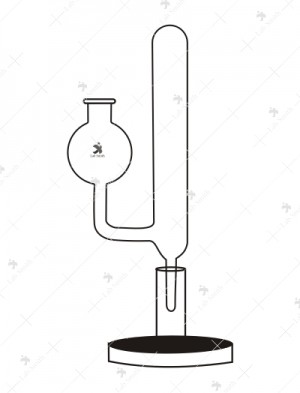 Heat Resistant Learn More
Heat Resistant Learn More -
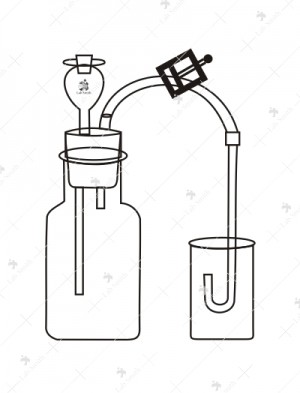 Heat Resistant Learn More
Heat Resistant Learn More
Plant physiology is a sub discipline of botany concerned with the functioning, or physiology, of plants. Closely related fields include plant (structure of plants), plant ecology (interactions with the environment), photochemistry (biochemistry of plants), cell biology, genetics, biophysics and molecular biology.
Fundamental processes such as photosynthesis, respiration, plant nutrition, plant hormone functions, tropisms, mastic movements, photo periodic, photo morphogenesis, circadian rhythms, environmental stress physiology, seed germination, dormancy and stomata function and transpiration, both parts of plant water relations, are studied by plant physiologists.

